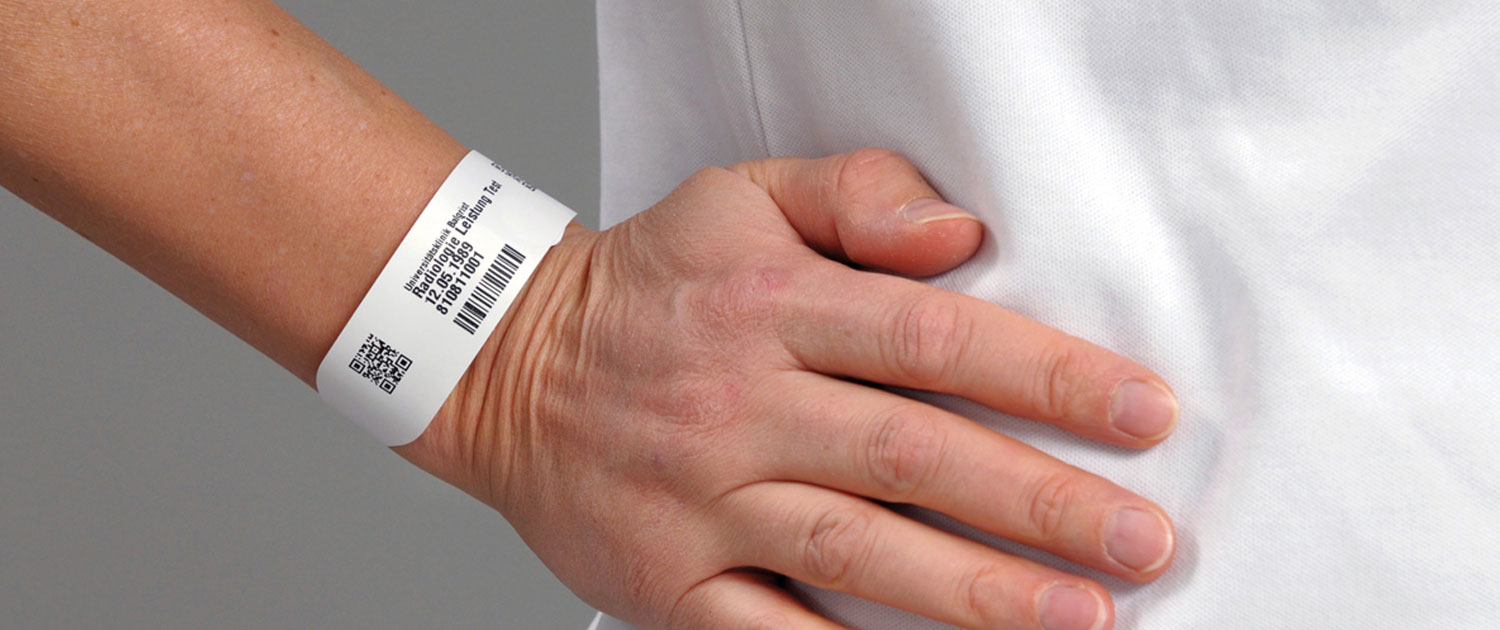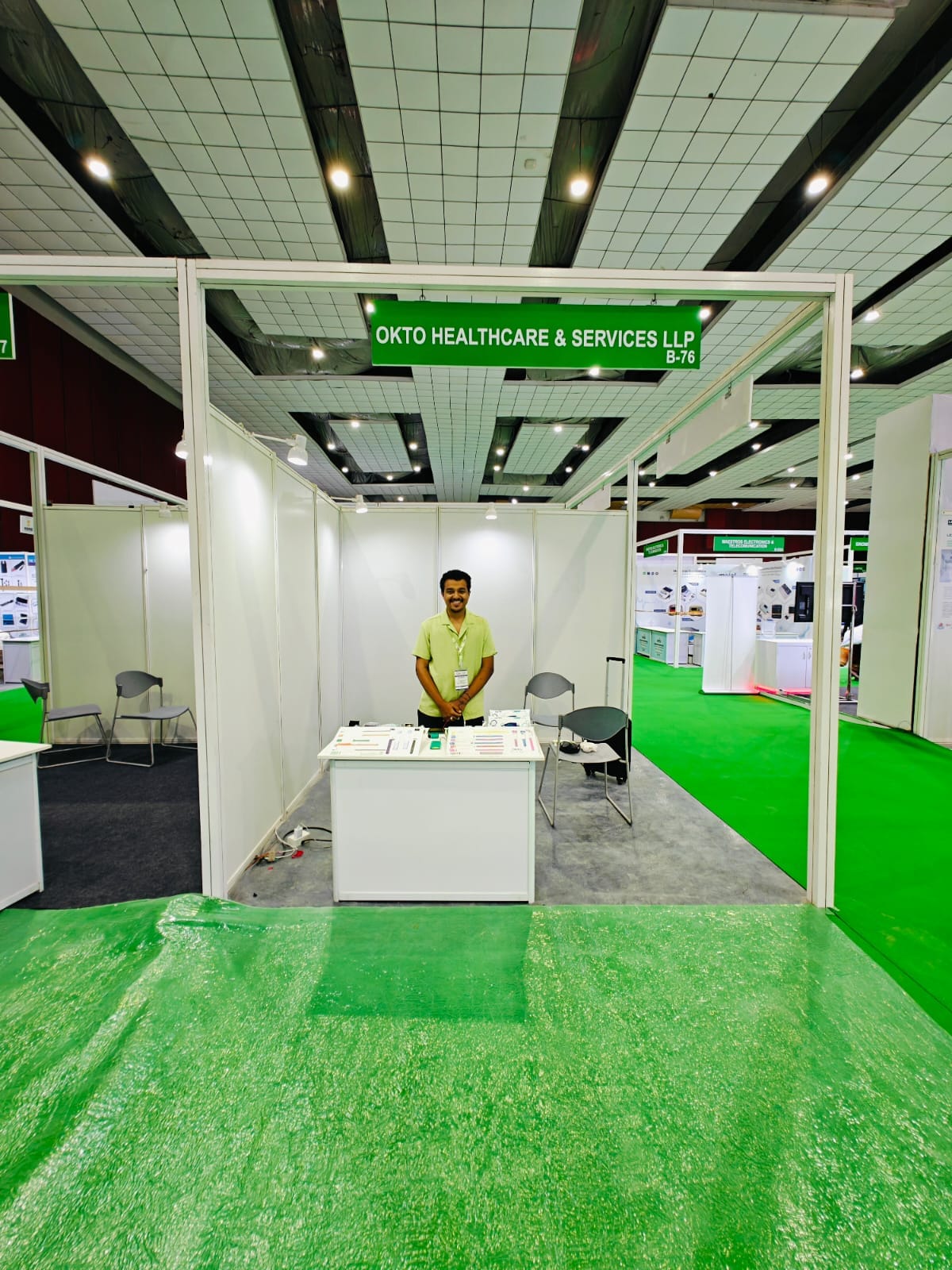Simplifying Patient Treatment With Reliable Identification Bands
The execution of efficient identification bands is a crucial aspect in boosting client treatment within medical care settings. These bands not just offer to minimize the dangers linked with individual misidentification however also streamline communication among medical personnel, thus cultivating a much safer setting. Various sorts of recognition bands accommodate details needs, from resilient wristbands for grownups to specialized bands for babies and critical instances. As the landscape of patient identification progresses, one must think about the ramifications of these systems on general health care distribution and individual outcomes. What technologies await in this critical area?
Significance of Client Identification
Making certain precise individual recognition is crucial in medical care settings, as it directly impacts the safety and security and quality of care provided. Misidentification can lead to significant errors, including providing the wrong medication, doing inaccurate treatments, or miscommunicating important client information. Such errors not just endanger patient safety however can also result in legal implications and lowered depend on in healthcare systems.
Effective patient identification is basic to establishing a secure setting where patients obtain personalized and ideal care. It helps with the accurate documents of clinical histories, allergic reactions, and treatment strategies, ensuring that doctor have access to vital information in any way times. Moreover, robust recognition procedures aid improve communication amongst clinical personnel, improving partnership and lowering the risk of errors.

Sorts Of Recognition Bands
Identification bands play an essential duty in maintaining precise patient documents and enhancing security within medical care environments. Different kinds of recognition bands are made use of to deal with the certain demands and needs of different patient populaces.

An additional kind is the ankle joint band, which is particularly beneficial for infants and infants, ensuring that identification stays intact even during treatment procedures. Specialized bands, such as those for allergic reaction alerts or fall risk indications, provide extra layers of security by attracting instant attention to vital client problems.
Recently, digital identification bands have actually obtained popularity, including barcodes or RFID innovation that can be checked to swiftly retrieve person data. These bands enhance process and lessen the threat of human mistake during client identification procedures.
Benefits of Efficient Identification
Effective identification of people with the use of identification bands contributes considerably to overall patient safety and care top quality. By guaranteeing that each individual is properly recognized, healthcare suppliers can efficiently match medical therapies and treatments to the proper individual, lessening the danger of mistakes. This is particularly essential in settings with high individual turnover, where the capacity for misidentification is greater.
Moreover, efficient recognition bands enhance interaction amongst healthcare teams. Clear and precise client recognition cultivates cooperation and guarantees that all group members recognize an individual's details demands and case history. This interaction is necessary for delivering collaborated treatment, particularly in emergency situations where time is crucial.

Ultimately, effective recognition through making use of identification bands not only safeguards patients however also promotes a you could look here culture of safety and security within medical care facilities (Patient Identification Band). By focusing on exact recognition, medical care organizations can boost end results and improve the total client experience
Carrying Out Identification Solutions
While the significance of patient recognition is well acknowledged, the execution of durable recognition systems positions a facility challenge for healthcare organizations. Developing efficient recognition systems needs a comprehensive approach, encompassing technology, employees training, and procedure assimilation.
First, organizations have to choose suitable recognition technologies, such as barcode scanning, RFID, or biometric systems. Patient Identification Band. These modern technologies must be reviewed based on expense, use, and compatibility with existing framework. A pilot program can help recognize prospective issues prior to full-blown implementation
Next, detailed training for personnel is vital. All workers have to comprehend the relevance of precise individual recognition and excel in making use of the selected modern technologies. Regular training updates and assessments can enhance finest practices and make sure ongoing compliance.
In addition, health care companies should establish standard procedures for client recognition across all divisions, minimizing discrepancies and improving communication. Regular audits can help determine voids in adherence to these protocols.

Ultimately, a reliable implementation of recognition systems not just improves client security but likewise cultivates a society of accountability and persistance within health care settings, ensuring regular and trustworthy person treatment.
Future Trends in Person Identification
Advancements in innovation are established to transform individual recognition practices in healthcare settings. The assimilation of biometric recognition approaches, such as fingerprinting and face recognition, is expected to improve precision and protection. These innovations can considerably reduce the danger Discover More Here of misidentification, ensuring that individuals obtain the correct therapies and medicines.
In addition, the application of blockchain technology for individual documents is getting traction. This decentralized technique can offer a secure and tamper-proof technique for managing client identities, thus improving access to essential info across different medical care service providers.
An additional fad is the boosting use of mobile wellness applications that utilize QR codes for client identification. These applications enable real-time updates and easy access to individual data, encouraging health care professionals to make informed decisions quickly.
Furthermore, man-made intelligence (AI) is positioned to play a vital role in examining person recognition information, identifying patterns, and predicting prospective recognition errors prior to they happen.
As these technologies evolve, they promise not just to boost patient safety however also to boost the general effectiveness of health care distribution systems. Welcoming these developments will certainly be vital for future-proofing patient treatment techniques.
Final Thought
Finally, efficient recognition bands are essential for enhancing individual security and care quality within health care setups. By minimizing the dangers associated with misidentification, these bands help with timely and exact details access, inevitably boosting communication among doctor. The execution of durable identification systems not only cultivates a society of security however additionally positions medical care establishments to adapt to future patterns in patient recognition innovation, ensuring ideal results for people in varied medical environments.
As the landscape of individual recognition develops, one should take into consideration the implications of these systems on general healthcare shipment and client end results.Efficient patient recognition is essential to developing a protected setting where clients obtain customized and proper care. Inevitably, prioritizing efficient individual recognition strategies not only cultivates a society of safety but likewise contributes to boosted individual end results and general satisfaction with healthcare solutions.
Reliable recognition of patients via the usage of identification bands adds significantly to general client security and care quality. The application of durable identification systems not check this only fosters a society of security yet additionally placements healthcare establishments to adapt to future trends in client recognition innovation, guaranteeing optimal end results for clients in varied medical environments.